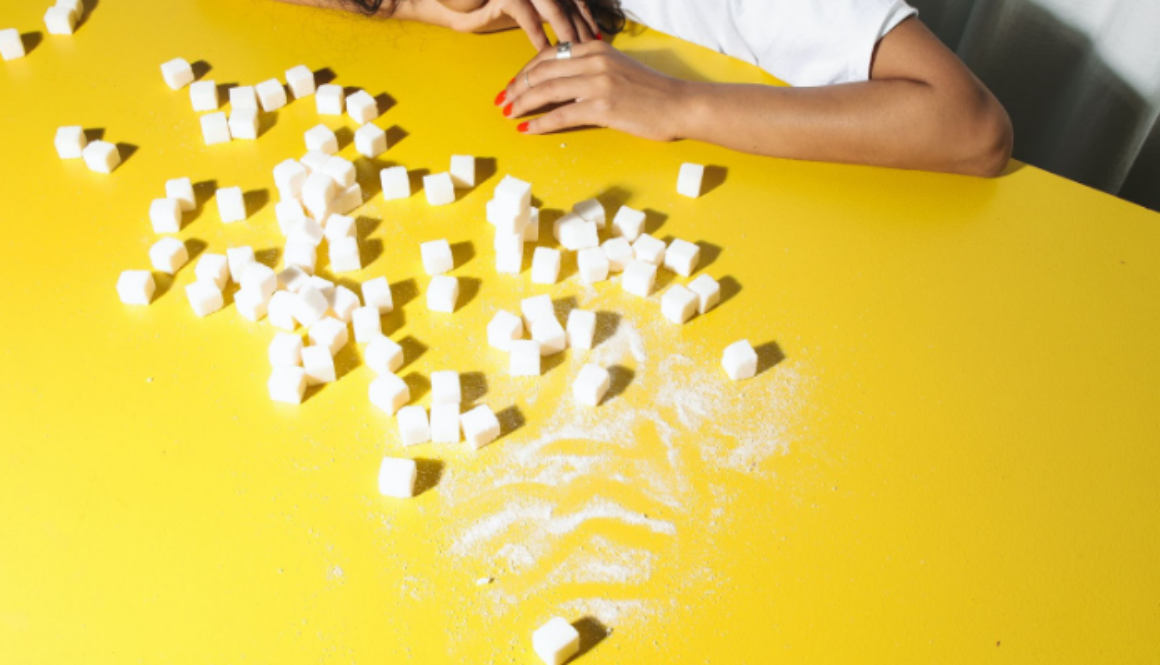What to Do if Someone is Having a Diabetic Emergency
Anyone with a diabetic in their lives knows it’s essential to be on high alert as a symptom can become a medical emergency in no time. The Centers for Disease Control, (CDC) counts diabetes and complications from the disease as the seventh highest cause of death in the United States.
While that number is terrifying, it’s important to remember the steps you can take to help someone get their symptoms under control and to know when to call an ambulance. It’s also a good idea to do regular checks with any diabetic kids to make sure their pumps work and that they have glucose tablets ready to grab should anything go wrong.
When things do go bad, there’s a clear set of steps you can follow to get the situation under control.
A diabetic emergency: What it looks like and what to do
Common diabetic emergencies include hypoglycemia or low blood sugar, hyperglycemia or high blood sugar, and Diabetic Ketoacidosis or DKA. Other problems can also arise from diabetes, but this article will focus on these key issues as they’re incredibly common.

Hypoglycemia – What to look for
- Weakness
- Shakiness or nervousness
- Irritability
- Confusion and dizziness
- Nausea
- Sweating and chills with pale, clammy skin
- Tingling in and around the mouth
- Headache
- Seizure
- Coma
If you see any combination of those symptoms you can help.
What to do
- Give the person 15mg of carbohydrates – a glucose tablet, some fruit juice, a sweet, or a little bit of sugar
- Wait 15 minutes before testing blood levels again
- If blood sugar levels read below 70 mg/dl, try another 15mg of carbohydrates and another rest period before doing a second test
- Once blood sugar levels test above 70 mg/dl, it’s important the diabetic person eat a meal
- If the symptoms persist, call an ambulance
If the person is conscious but too weak to eat a meal, someone needs to stay with him or her. Place a small amount of sugar or honey in the diabetic’s cheek and have a phone nearby should you need it. If the patient faints call 911 immediately.
Hyperglycemia – what to look for
A case of high blood sugar can normally be managed at home, but extreme swings in blood sugar levels require a visit to the doctor.
Here’s how to know if you or someone in your family has hyperglycemia:
- Headaches
- Blurred vision
- Extreme thirst
- Constant need to urinate
- Fatigue
What to do
For a mild case, some basic lifestyle changes can help keep hyperglycemia in check. Smaller portions at mealtime, a more vigorous exercise routine, and a checkup with the doctor to adjust insulin levels can all help the patient feel better.
However, if the symptoms get worse or start to include dry mouth, difficulty breathing, or the person’s breath has a fruity smell, he or she needs an ambulance right away.
DKA – what to look for
Caused by a lack of insulin in the body, DKA makes the body switch from glucose to fat as a source of fuel. That creates a threatening level of ketones and turns the blood acidic. It’s a serious problem and one you need to know how to recognize quickly.
Here are the signs:
- Dry mouth
- Extreme thirst
- Fatigue
- Constant need to urinate
- Dry or red skin
- Nausea and vomiting
- Abdominal pain
- Confusion
- Shortness of breath
- Breath smells fruity
Anyone with a combination of these symptoms needs an ambulance right away. You can keep a ketone testing kit nearby to check levels regularly so that you can be proactive. If you see that the blood tests positive for ketones and blood sugar levels are at or above 240 m/dl get them to a doctor immediately.
Come see us at Victoria ER
The staff at Victoria ER helps diabetics manage their condition 24/7, no matter what. If you ever feel you or someone you love may be in danger, come see us for treatment. In the meantime, make sure that plenty of testing materials are available at your house and that you have supplies like glucose tablets or juice nearby to help diabetics in your house stay safe.

